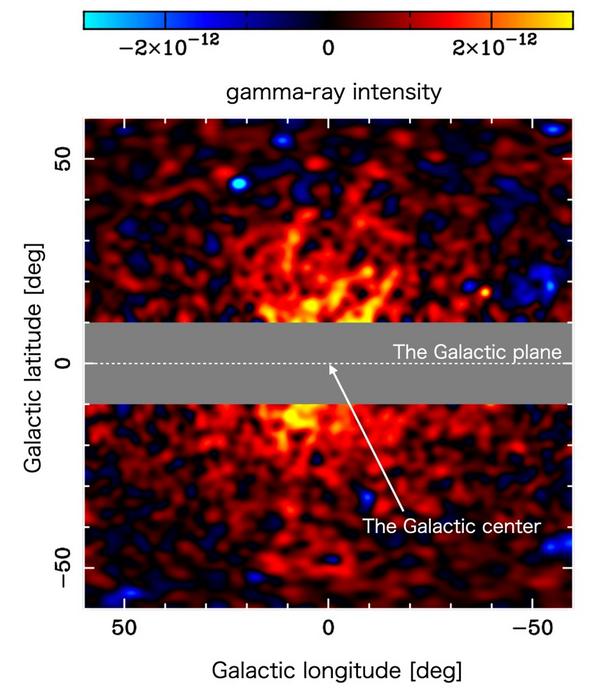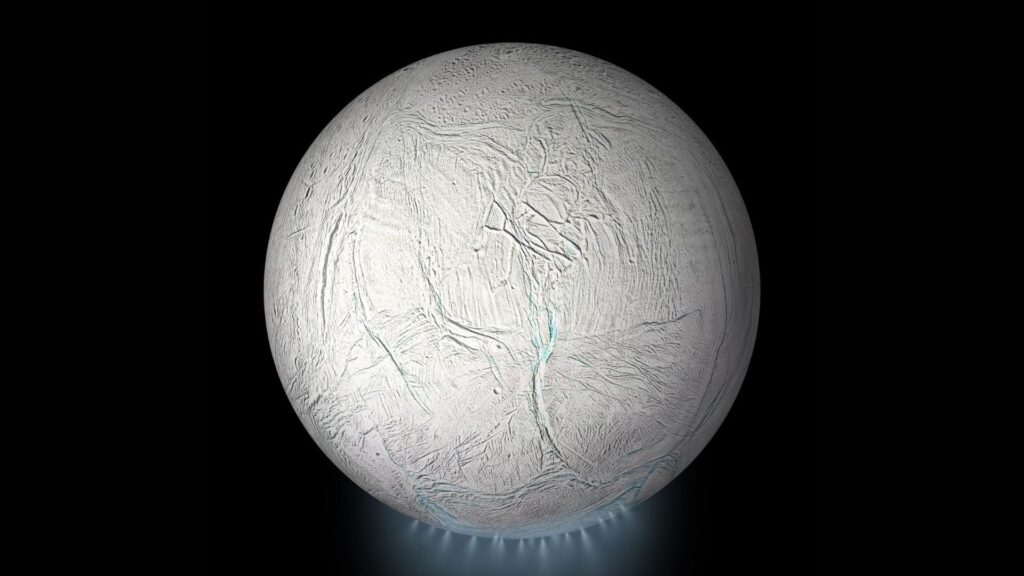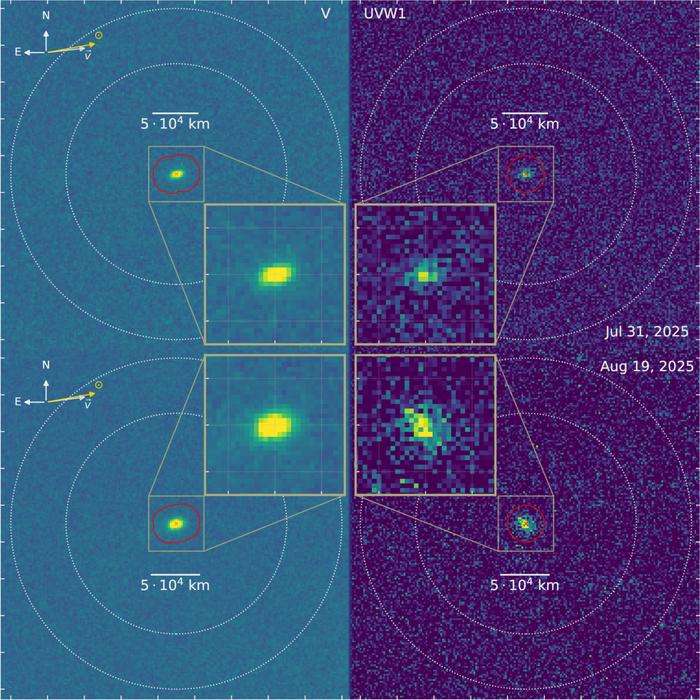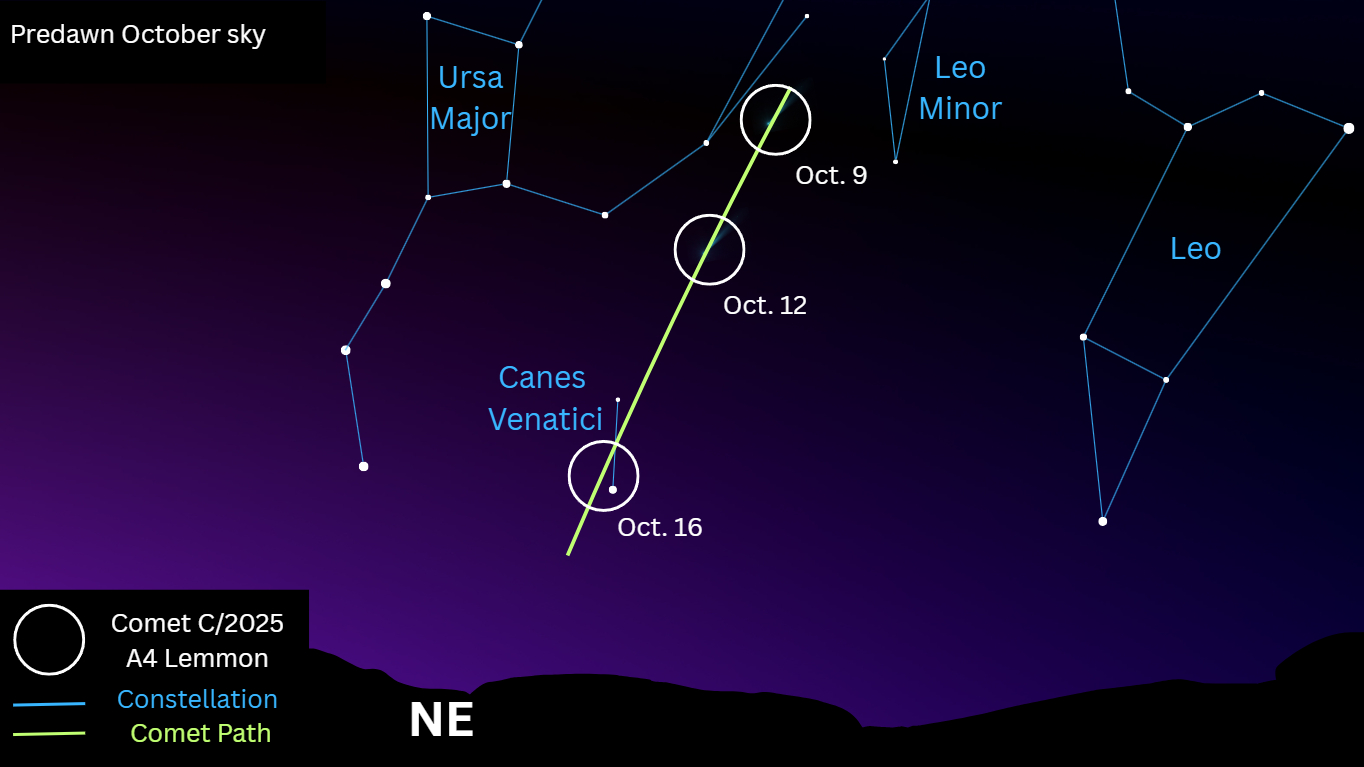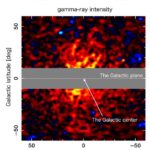Now Reading: This is the world’s 1st image of 2 black holes orbiting one another
-
01
This is the world’s 1st image of 2 black holes orbiting one another
This is the world’s 1st image of 2 black holes orbiting one another
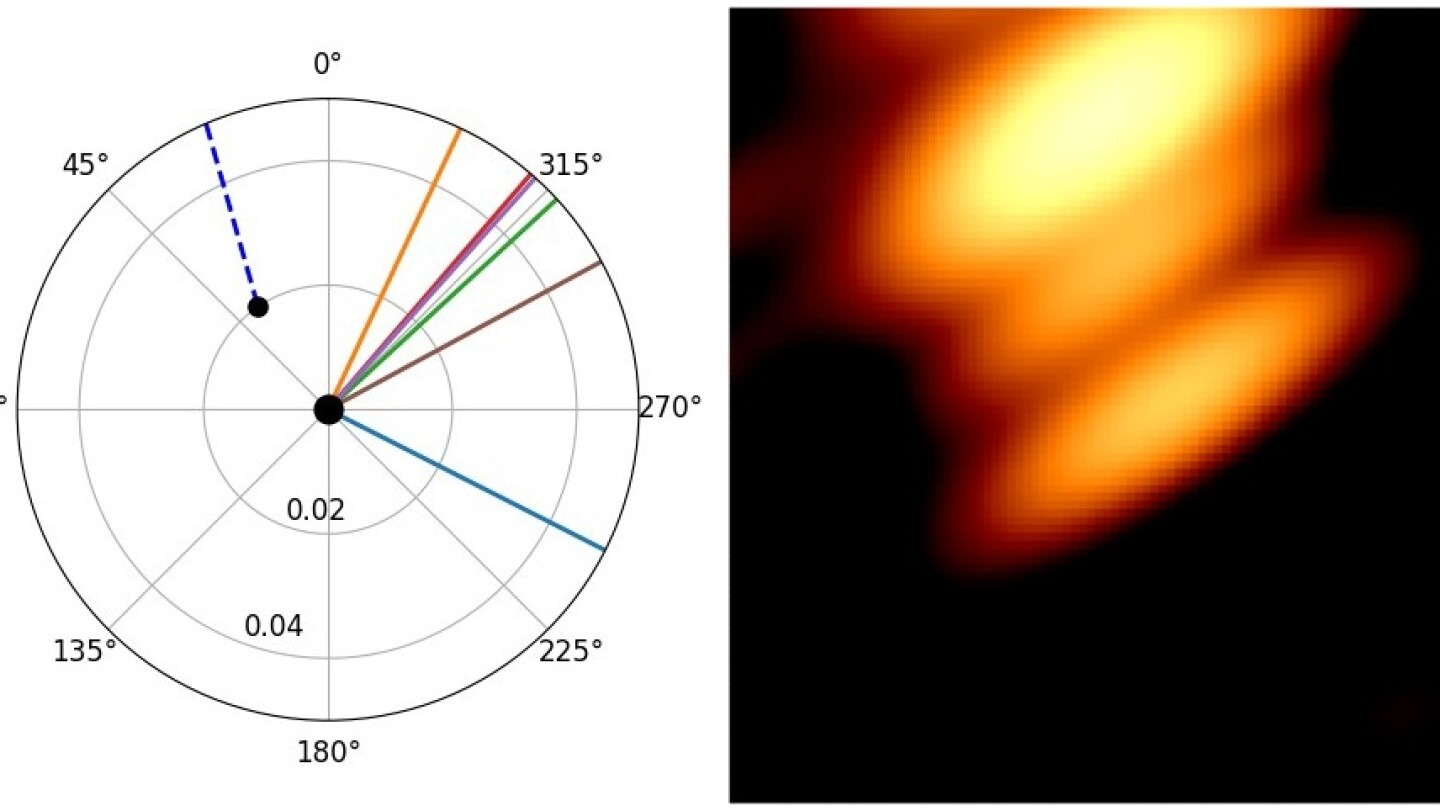
Astronomers have captured a radio image showing two black holes orbiting each other for the first time, confirming a prediction that has eluded scientists for decades.
The newly released image reveals a pair of supermassive black holes locked in a cosmic dance, situated within a bright quasar known as OJ287, located about 5 billion light-years away in the constellation Cancer. Quasars are regions at the hearts of galaxies where the extreme, violent conditions around supermassive black holes cause gas and dust to heat up and glow bright.
Researchers say this new snapshot offers the clearest evidence yet that binary black holes, essentially two gravitational titans bound together, truly exist. “Quasar OJ287 is so bright that it can be detected even by amateur astronomers with private telescopes,” study lead author Mauri Valtonen, an astronomer at the University of Turku, Finland, said in a statement.
Quasars rank among the brightest objects in the universe. Astronomers have previously imaged individual black holes, such as the one in our Milky Way and the one in Messier 87, but never two orbiting together.
Although gravitational wave detections have provided indirect evidence for black hole pairs and their eventual mergers, OJ287’s two black holes had never been resolved visually, as telescopes simply lacked the resolution to distinguish them from a single point of light.
The quasar OJ287 has been observed for more than a century. Early photographs of the same patch of sky, taken in the late 1800s, happened to include it, decades before “it was inconceivable that black holes existed, let alone quasars,” the statement read.
OJ287 began drawing attention in 1982, when Finnish astronomer Aimo Sillanpää noticed that its brightness rose and fell on a regular 12-year cycle, suggesting that two black holes might be orbiting within it, each feeding on the surrounding material. Since then, hundreds of astronomers have monitored OJ287 to test the theory and to seek definitive proof that the two black holes truly share the same galactic heart, according to the statement.
That long-awaited confirmation has now come from radio observations combining Earth-based telescopes with the RadioAstron (Spektr-R) satellite, a Russian radio telescope that operated from 2011 to 2019. Its orbit extended halfway to the moon, giving astronomers a view roughly 100,000 times sharper than typical optical images.
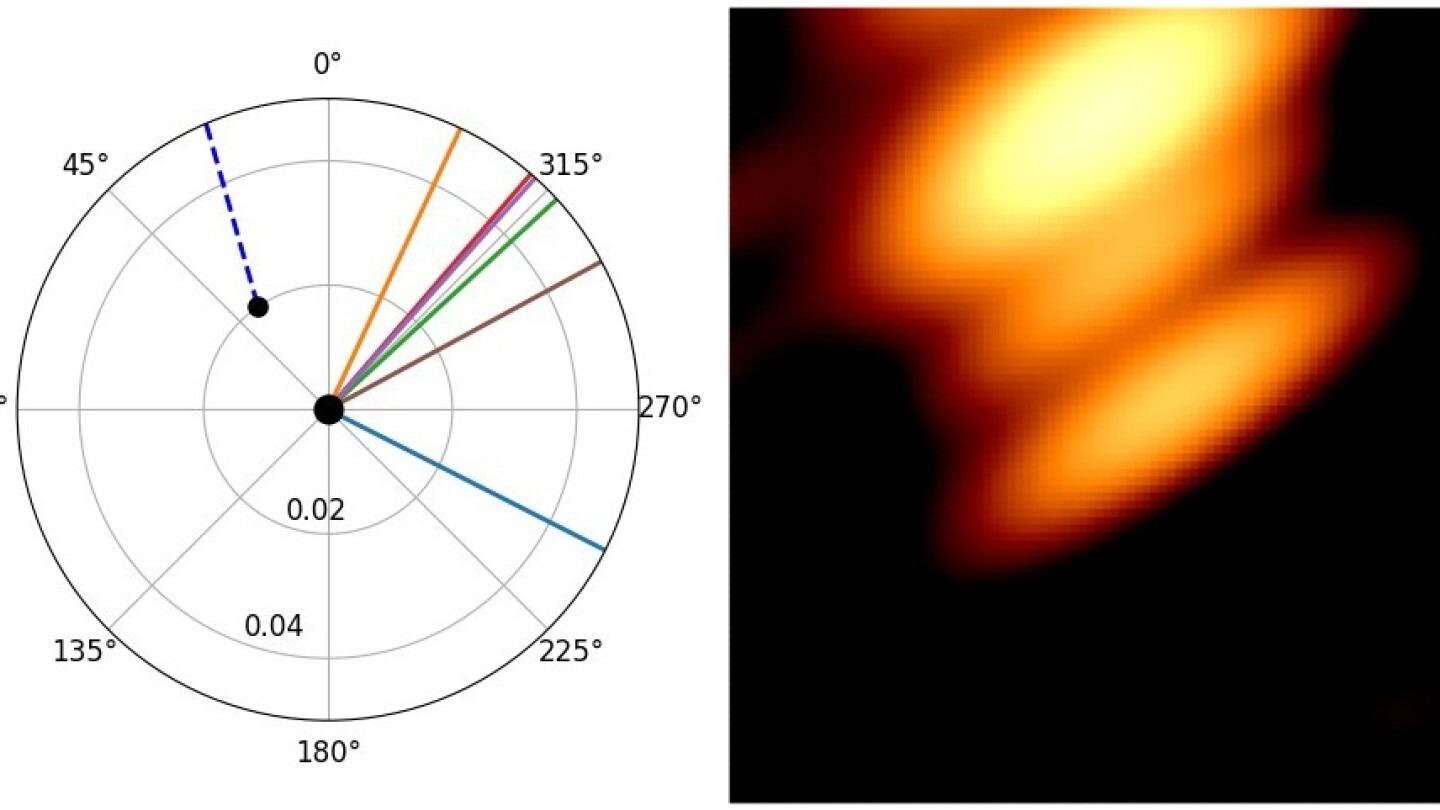
When researchers compared the new radio image with past theoretical calculations, “the two black holes were there in the image, just where they were expected to be,” the statement read.
“The black holes themselves are perfectly black, but they can be detected by these particle jets or by the glowing gas surrounding the hole,” Valtonen added.
The images also revealed the jet from the smaller of the two black holes to be “twisted like a jet of a rotating garden hose,” caused by its rapid motion around the larger one. The researchers say the jet will seem to wag back and forth like a cosmic tail as the smaller black hole continues its 12-year orbit, offering a rare opportunity to watch their motion evolve in real time.
This research has been described in a paper published Oct. 9 in the Astrophysical Journal.
Stay Informed With the Latest & Most Important News
Previous Post
Next Post
-
 012024 in Review: Highlights from NASA in Silicon Valley
012024 in Review: Highlights from NASA in Silicon Valley -
 02Panasonic Leica Summilux DG 15mm f/1.7 ASPH review
02Panasonic Leica Summilux DG 15mm f/1.7 ASPH review -
 03How New NASA, India Earth Satellite NISAR Will See Earth
03How New NASA, India Earth Satellite NISAR Will See Earth -
 04And Thus Begins A New Year For Life On Earth
04And Thus Begins A New Year For Life On Earth -
 05Astronomy Activation Ambassadors: A New Era
05Astronomy Activation Ambassadors: A New Era -
06SpaceX launch surge helps set new global launch record in 2024
-
 07Space Force plans new ‘Futures Command’ amid pressure to speed up modernization
07Space Force plans new ‘Futures Command’ amid pressure to speed up modernization












